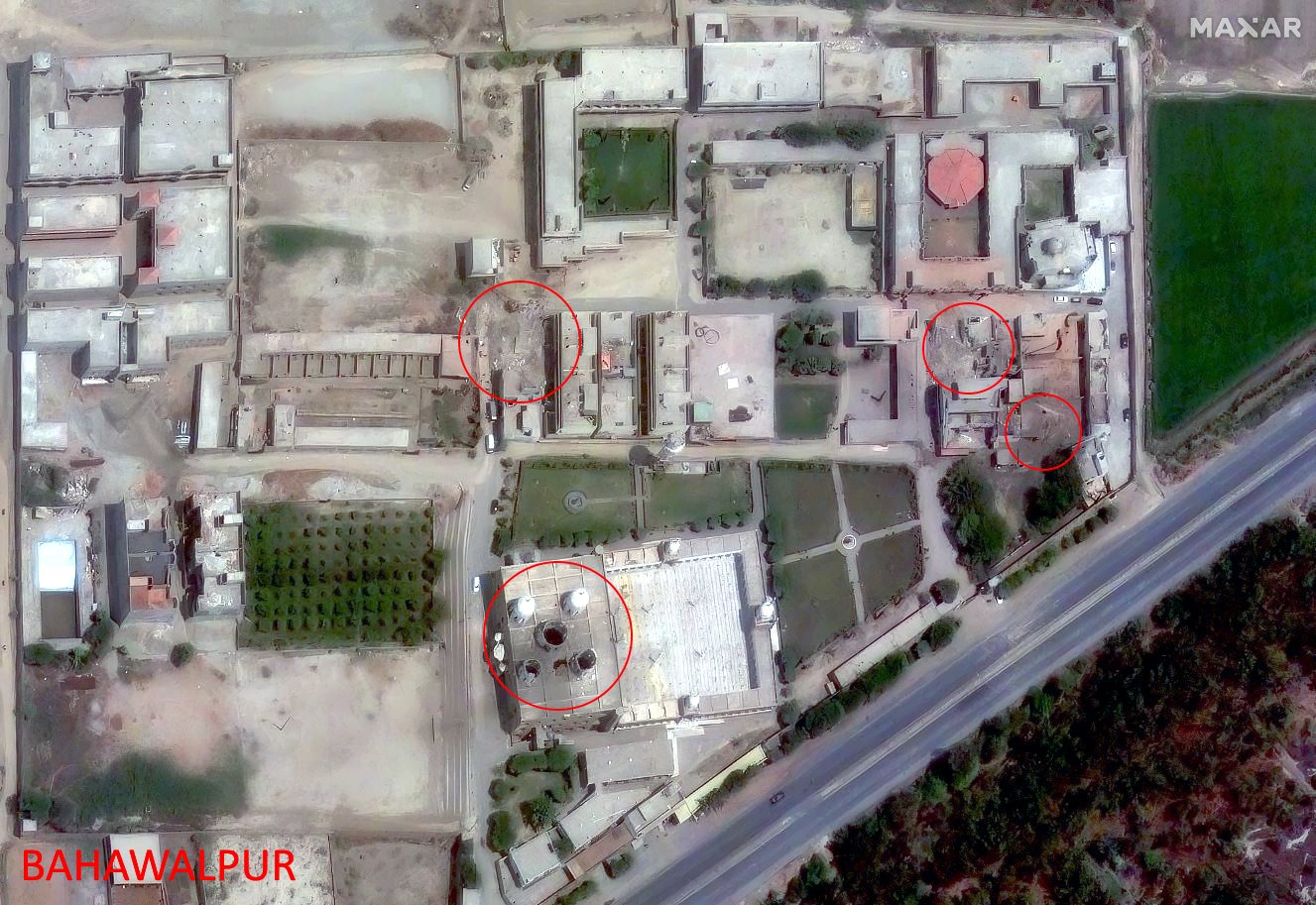Dear reader, The India Gate square had some kind of a makeover ahead of the Republic Day celebrations on Wednesday. First, the government “merged” the Amar Jawan Jyoti with the eternal flame at the National War Memorial. Then, on January 23, the Prime Minister unveiled a hologram of Netaji Subhas Chandra Bose under the canopy at India Gate, where a statue of George V, an emperor of British India, once stood. Additionally, Gandhiji’s beloved hymn, “Abide With Me”, was not performed at the Beating the Retreat ceremony. These changes have been presented by the government as part of its initiatives to decolonise the country’s perception of its past, an attempt to correct mistakes of the past. Bose was the face of a stream of the freedom struggle that sought to liberate India through military action. In his pursuit to attain the goal of India’s independence, Bose ended on the wrong side of history. He allied with Nazi Germany, fascist Italy and Tojo’s Japan and raised the Azad Hind Fauj (Indian National Army). The INA had brigades named after Gandhiji, Nehru, Maulana Azad, among others. Bose, who addressed Gandhiji as Father of the Nation, offered a militaristic vision of free India as evident from his penchant to appear in public in battle fatigues. A statue of Bose at India Gate, instead of Gandhiji, the Father of Nation, or Nehru, the maker of modern India, is not just the invention of a new icon — Bose, along with Gandhiji, Nehru, Ambedkar and Bhagat Singh, has always been a pan-Indian icon — but the projection of a new vision of India. Bose’s vision of free India did not fail the test of patriotism but it did fail to recognise the anti-human nature of Nazis and fascism. It stood for a secular but authoritarian model of nation-state. The INA dream was over when the Axis power lost World War 2. Commenting on the government putting out the Amar Jawan Jyoti, the Indian Express editorial (‘Side by side’, January 24) said: “It is one thing for a nation to be aware of its colonial past. But quite another for a government to use its ideological predilections to smear everything that went before as ‘tainted’.” To coincide with the R-Day celebrations, the Opinion section carried a set of articles between January 26 and 29 that sought to explore the meaning of the republic and the many freedoms it promises. The writers were: Finance Minister Nirmala Sitharaman (‘The strength of our republic’), Mrinal Pande (‘We, the women’), Annie Zaidi (‘The shape of our freedoms’) and Tanya Dubash (‘Going forward, with empathy’), Kavery Nambisan (‘Plan, prepare, prevent’), Alankrita Shrivastava (‘In stories we trust’), Sameena Dalwai (‘Imagining the republic’), Kham Khan Suan Hausing (‘In Northeast, work to be done’). Hausing’s perceptive article, which flagged the fault lines that have come to define the pact between the republic and its northeastern region, ended with these words: “The depiction of state grandeur on Republic Day is mesmerising. It can be made more meaningful by renewing our commitment to the cardinal ideals and values enshrined in the Constitution.” Three days after the R-Day, J S Bandukwala passed away in Vadodara. Bandukwala, who taught physics at the MS University for many years, was a friend of this newspaper. As a public intellectual, he saw that it was his duty to intervene — through articles and letters to the editor — whenever an event or argument, especially if it concerned the liberal, secular fabric of the republic, merited his intervention. A champion of civil liberties, he had returned to India in the 1970s from the US where he was working on a PhD, when a nun asked him if it was fair for privileged Indians like him to stay on in America when India needed good scientists and teachers. During the 2002 anti-Muslim riots, a mob burned down his house. He and his family had a narrow escape. That calamity did not slow him down, make him lose faith in non-violence, abandon India, or withdraw into silence. He continued to speak out against attempts by the administration to ghettoise Muslims, rob the poor of their homesteads in the name of urban development. His belief in the idea of a secular, inclusive republic had deep roots and he was not ready to let any bigot destroy it. The fire in him was lit from the lamp that Gandhiji had carried to Noakhali. People like Bandukwala are the “soul-force”, as Gandhiji would say, of the republic. Thank you | 
No comments:
Post a Comment